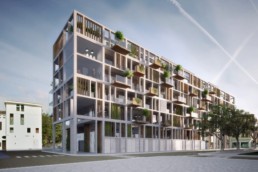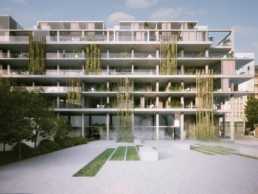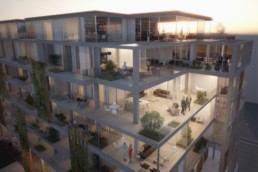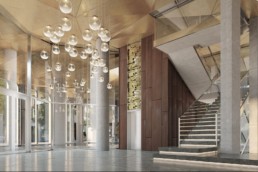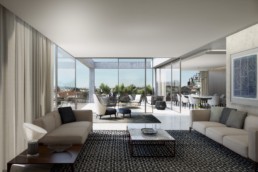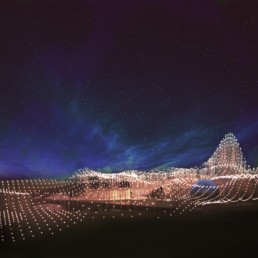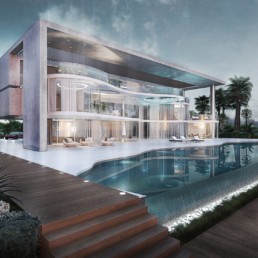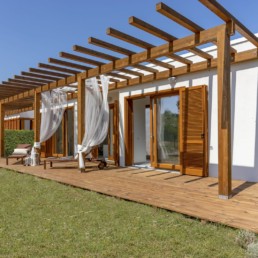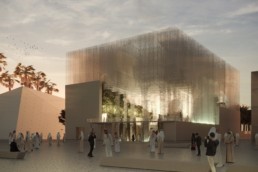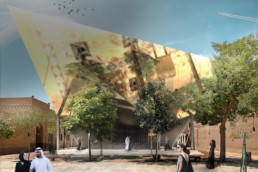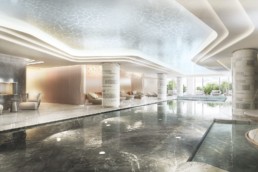Treviso, Italy
Residenza Tarvisium
Year: 2016 – ongoing
Client: Numeria SGR
Area: 11.770,00 sqm
Status: Ongoing
Design: Studio Costa Architecture
CDO: A. Costa
Design Director: V. Didier
Project Leader: P. Mencacci
Design Team: V. Alfonsi, L. Rocchi, G. Carriere, C. Nuñez, F. Musaio, C. Tambasco
Visualizer: G. Guarino
Visual Artist: M. Pace
Structure: G. Contini
MEP & Fire Consultant: BSA Studio Bovo Ingegneri Associati
Landscape: Paisà
Rendering: Opifex Laboratorio Digitale
Treviso, Italy
Residenza Tarvisium
Year: 2016 – ongoing
Client: Numeria SGR
Area: 11.770,00 sqm
Status: Ongoing
Design: Studio Costa Architecture
CDO: A. Costa
Design Director: V. Didier
Project Leader: P. Mencacci
Design Team: V. Alfonsi, L. Rocchi, G. Carriere, C. Nuñez, F. Musaio, C. Tambasco
Visualizer: G. Guarino
Visual Artist: M. Pace
Structure: G. Contini
MEP & Fire Consultant: BSA Studio Bovo Ingegneri Associati
Landscape: Paisà
Rendering: Opifex Laboratorio Digitale
The complex, near the city center, is part of a large requalification of the ex-headquarters of the Treviso’s Province of Treviso. The project involves the creation – following the demolition and reconstruction of the main building – of a luxury residential complex with a private garden; a large square for public use and the renovation and conversion of an historical building designed by M. Piacentini called “Ex Sala Consiliale and Ex Sala Marton “.
All the architectural, typological and compositional choices are intended to satisfy a prestigious and international model of living.
The goal is to meet the urban and private comfort; optimizing spaces and resources to live in and out, through various levels of sociability or intimacy, according to the season or simply to the lifestyle. The project also seeks to ensure the link with urban and typological traditions of Treviso both through the importance given to the porch, which characterizes the entire structure, and through the presence of water surfaces that, allude to the amphibious nature of the city, connote the courtyard and the garden emphasizing the continuity between interior and exterior, distinctive of the entire project.
The building’s facade conception is based on a double language. The west front, which runs along Via San Liberale, is characterized by a grid composed of a double order of vertical and horizontal elements distributed according to a modularity that recalls the old building’s facade. The east front, which overlooks the private garden, is instead characterized by continuous balconies that underline the horizontality of the whole building. The two facades dialogue through the presence of the brise-soleil where green vegetation climbs, an element that unifies the facades of the entire complex. The combination brise-soleil + green, produces shadow and color games, mitigating the monumentality of the grid and making the façade a dynamic and vital system.
